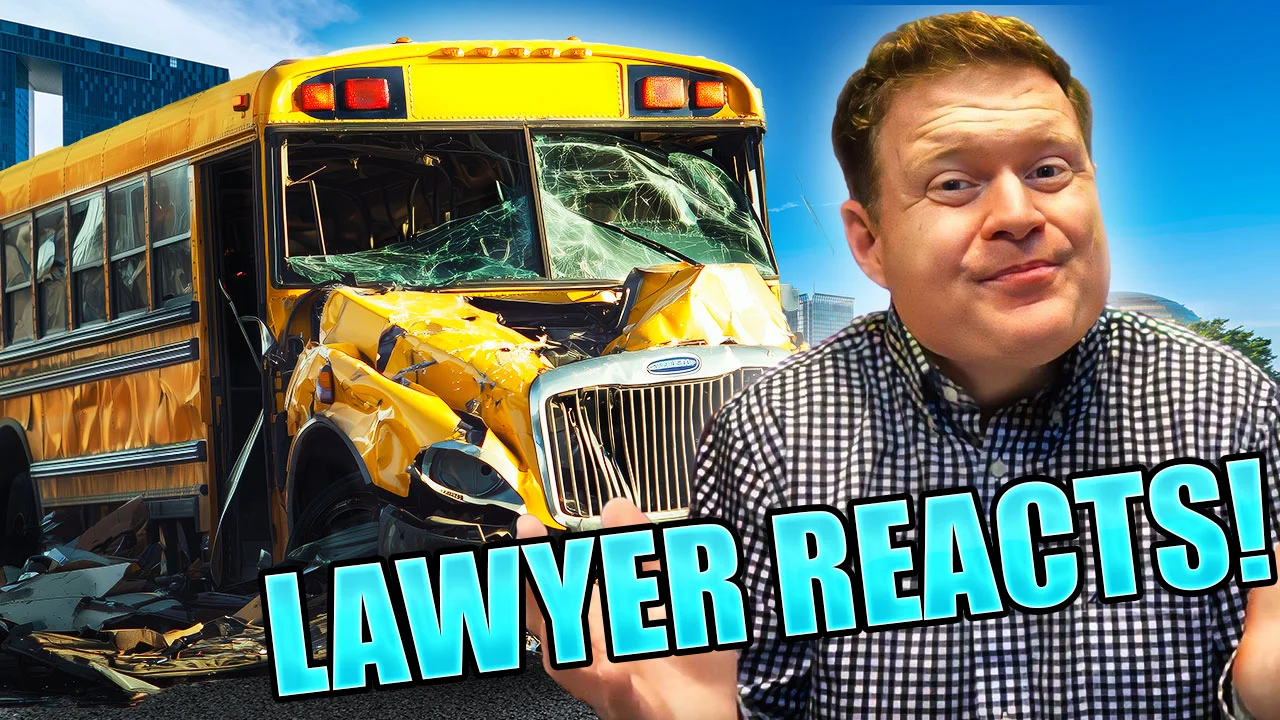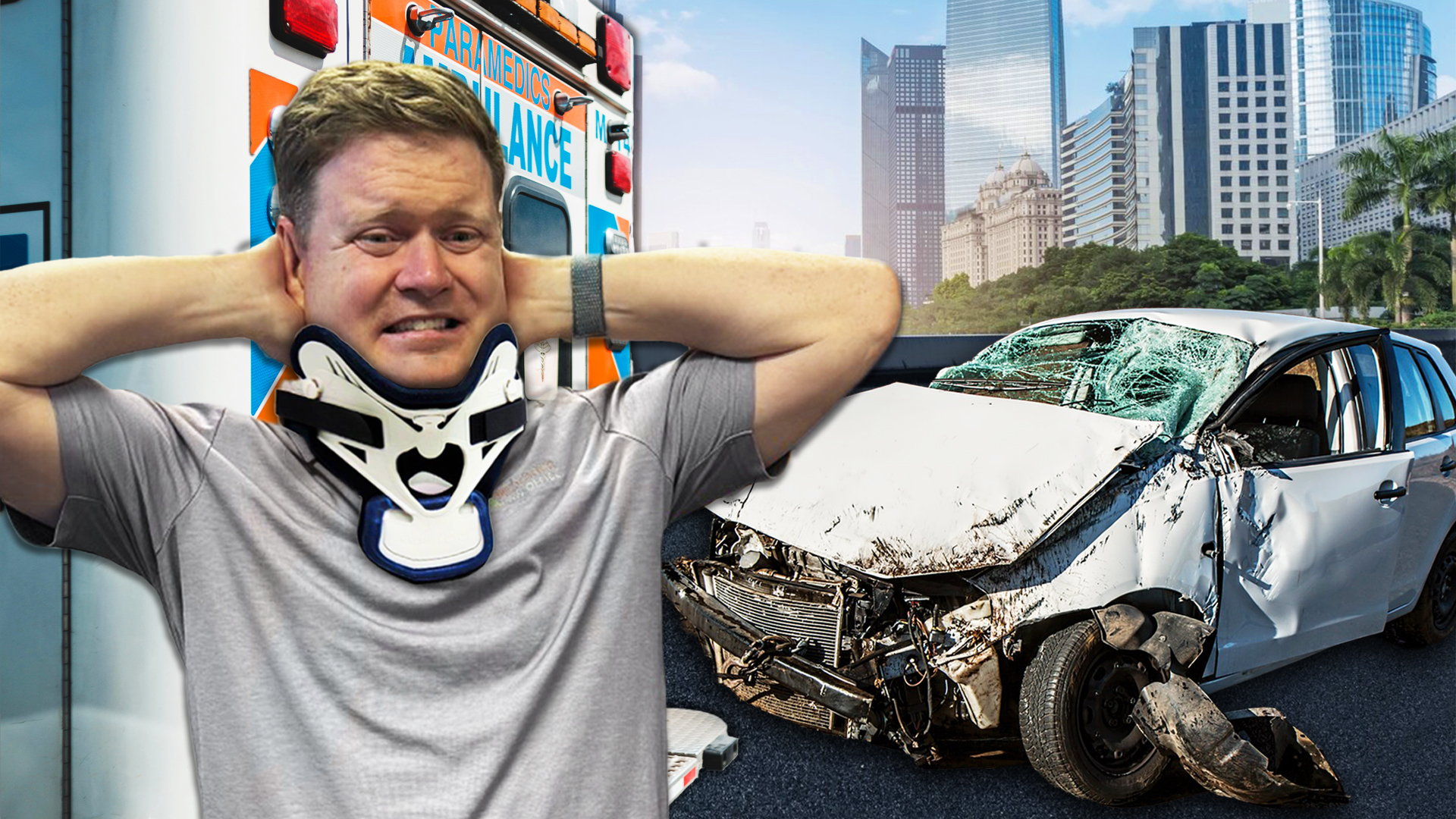This is Kentucky Injury Lawyer Tate Meagher with Meagher Injury Lawyers.
The amount of compensation that you can receive in a neck or back injury claim can vary widely depending on the specific details of your case. Make no mistake about it, though: some neck and back injury claims do result in a large payout. However, most neck and back injury claims do not result in a six-figure payout but are still worth thousands of dollars.
In this video, I’ll discuss the four biggest factors impacting the value of a neck or back injury claim. The fourth factor I discuss is often the most important factor in receiving a large payout.
Factor 1: Who is Liable for the Accident?
To get a big payout for your neck or back injury claim, you must be able to point to another person or entity as the liable cause of the accident that caused your injuries. For instance, if you were in a car accident while you were stopped and another driver rear-ended you, clearly you can point to this other driver as the liable cause of the accident. However, if you are the driver who rear-ended the vehicle that was stopped, you likely will fail in making any argument that anyone but yourself is the liable party for the accident and are likely barred from recovering any money against the other driver’s insurance company.
In Kentucky, the state where I practice law, we use a pure comparative negligence standard. Under pure comparative negligence, a person’s financial damages are reduced by the percentage of their own fault. For example, if you are awarded $100,000 in damages at trial but are found to be 60% at fault for the accident, you would only receive $40,000 from the party or parties found to be the remaining 40% at fault. If you were injured outside of Kentucky, I’d recommend you check out the negligence rules that apply.
Factor 2: Severity of Your Neck or Back Injury
The more severe the neck or back injury, the more money you will be entitled to receive. There are four different categories that outline neck or back injury claims:
- Soft Tissue Injuries: These are the lowest-valued neck and back injury cases. It’s essentially where you have sustained a strained muscle or sprained ligament in your spine.
- Bulging Disc Injuries: These are higher valued injuries than soft tissue injury cases. A bulging disc in the spine of your neck or back is a condition that occurs when the gel-like center of a spinal disc bulges out through a tear in the outer layering of the disc, which can put pressure on the surrounding nerves, causing pain and other symptoms. Bulging discs can sometimes require surgery.
- Herniated Disc Injuries: These are higher valued injuries than just soft tissue injuries. A herniated disc is a condition that occurs when the gel-like center of a spinal disc ruptures through the outer layering of the disc and spills out into the spinal canal. Herniated discs also sometimes require surgery.
- Fractured Spine Injuries: A fractured spine is a break or crack in one or more of the bones in your spine. Fractured spine cases can have significant value and often require surgery to repair.
Factor 3: Amount of Medical Treatment
The more medical treatment you need, the more valuable your case is. If you had to endure surgery on your neck or back, you have a very valuable case where a large payout is possible. Surgery is typically a more invasive and costly form of medical treatment, and if it is required as a result of an injury, it usually indicates a more severe or long-term injury, which equates to insurance companies paying out more on cases where surgery is performed.
Factor 4: Amount of Insurance Available
The amount of insurance available can have a huge impact on the value of the injury case, as the amount of insurance coverage often determines the maximum amount that can be recovered in your case. If the person or entity responsible for your injury has a high amount of insurance coverage, your case will likely have higher potential value. However, if the person or entity responsible for your injury has a low amount of insurance coverage, your case may only be worth the amount of insurance coverage that person or entity has.
For car accident cases, one thing you can do to protect yourself from someone who doesn’t have enough insurance is to make sure you purchase underinsured motorist coverage on your automobile policy.
With that said, I hope that you found this video to be helpful. Please subscribe to my YouTube channel to learn more about the ins and outs of injury cases and watch more of my videos.
Lastly, if you were injured in an accident in Kentucky, remember: don’t wait, call Tate.








Recent Comments